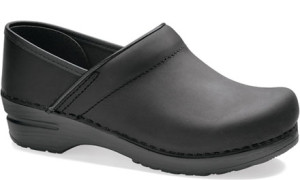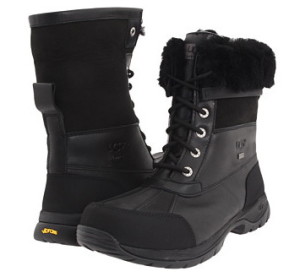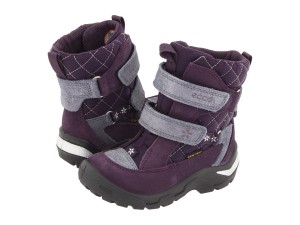The Best Snow Shoes Types at a Glance
Visiting snow covered landscapes with loved ones is without a doubt one of the best ways to spend the winter season. The vista is always breathtaking and the wind soothing, at least during cool winter. The warmth brought about by the giggles of your loved ones add more flare to the season and often go a long way to help you keep up with the chilling cold. All these can only happen if you are properly knitted out to beat the cold. You have no choice but to have a warm jacket, gloves and most importantly, snow shoes. But how do you get the best shoes?
Understand the Main Types of Snow Footwear
There are basically three types of snow shoes. They all serve different purposes, so be sure to find one that will give you the best experience out there. The three types are
- Running and Aerobic footwear
They are built with lighter weight materials than common snow shoes, to give room for faster movement. They also feature extra cleats for additional traction while walking or running fast. Their bindings cradle and lace up, allowing the wearer to insert athletic or running shoes. The shoes are ideal for snow races and walking on extremely rugged terrain.
- Mountaineer Style
They are heavier and tougher than running style snow shoes. This is for extra stability and added traction on steep and extremely icy hills. Most mountaineer style footwear typically feature larger crampons so as to achieve the added traction. Just like running and aerobic snow footwear, their binding can accommodate larger shoes like snow climbing boots. For peak performance on rugged terrains and extreme weather conditions, heavy duty material is always used to make the shoes. This makes mountaineer style snow footwear the best choice for treading on deep snow.
- Recreation/ Hiking Style
They are the most popular at the moment. They are appropriate for backpacking, hiking and moderate terrains. They are specifically made to be comfortable with value for money as their selling point. They are excellent for all round use, making them ideal for the occasional hiker. They are also easy to shop for as brands like dansko professional have them in plenty.
Understanding Sizes
Looking for your size should not be a problem at all as there are just a handful of sizes available. Such sizes include:
- 10×36 inches
- 6x15inches
- 9x30inches
- 8x25inches
The smallest sizes are mostly kids snow shoes while the middle sizes are for women. Keep in mind that your weight determines your snow shoe size. That’s why snow shoes for men are in most cases bigger than those for women and toddler snow shoes. Remember to also take other factors into consideration. These include your other equipment like snowboards, back packs and skis.
Bindings
There are just two types of binding available
- Limited rotation
- Free rotation
Limited rotation bindings do not allow the wearer’s toes to go below the decking. Free rotation on the other hand allows your toes to be free. That’s why they are ideal for racing, hiking and running. It is however wise to try both styles and stick to whatever makes you comfortable.
It is impossible to go out on a snowy expedition without shoes that can stand up to the extreme weather conditions. Go for shoes that will keep you warm all the way and make walking on snow easy. Consider such things as size, warmth and comfort. All these can determine if you’ll have fun out there or not. Remember to try out the shoes just before going out. You have to be sure that they fit you and will not in any way hinder you from having fun.



